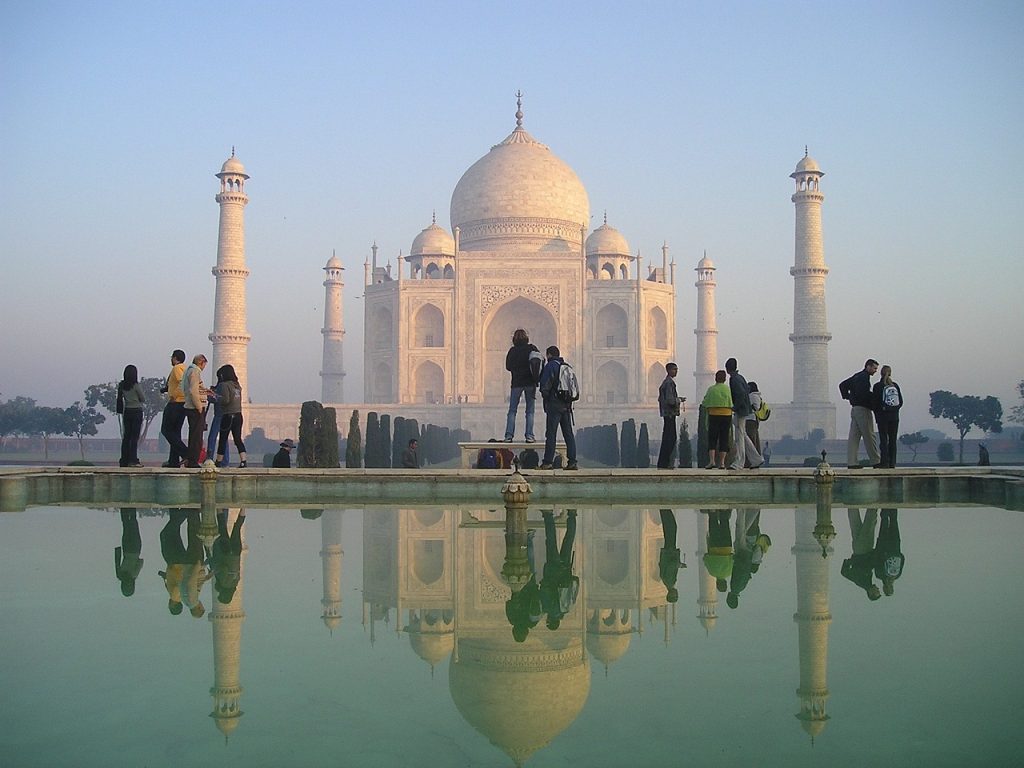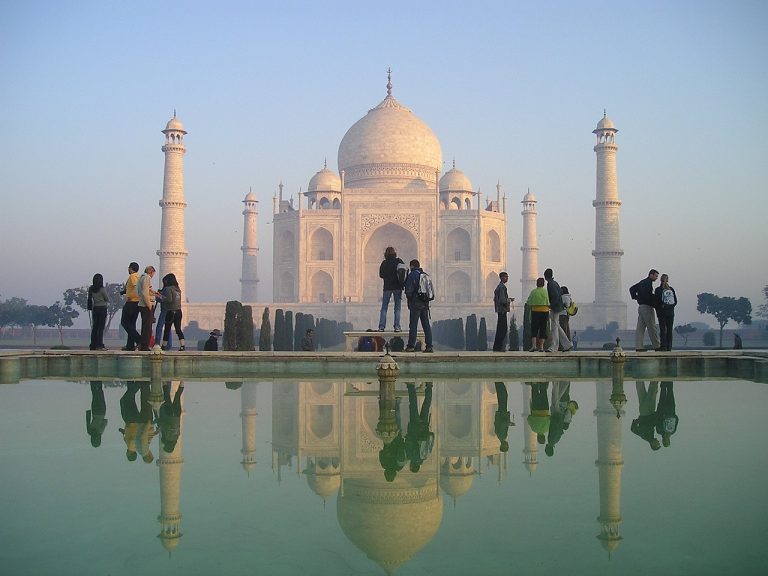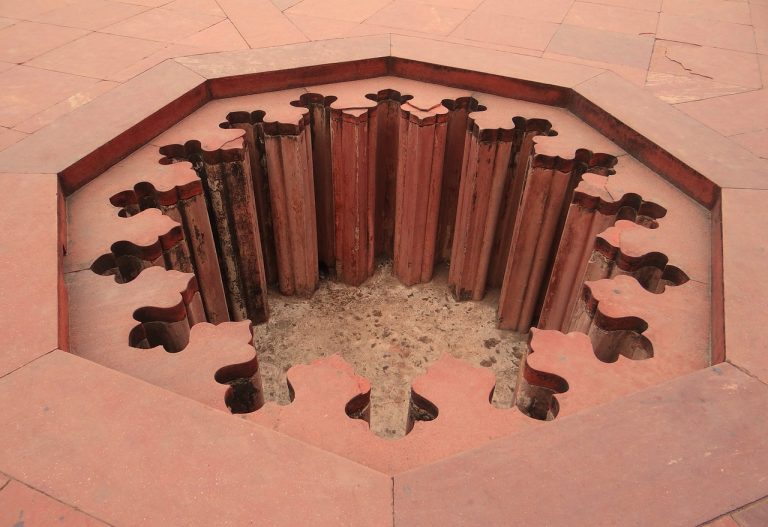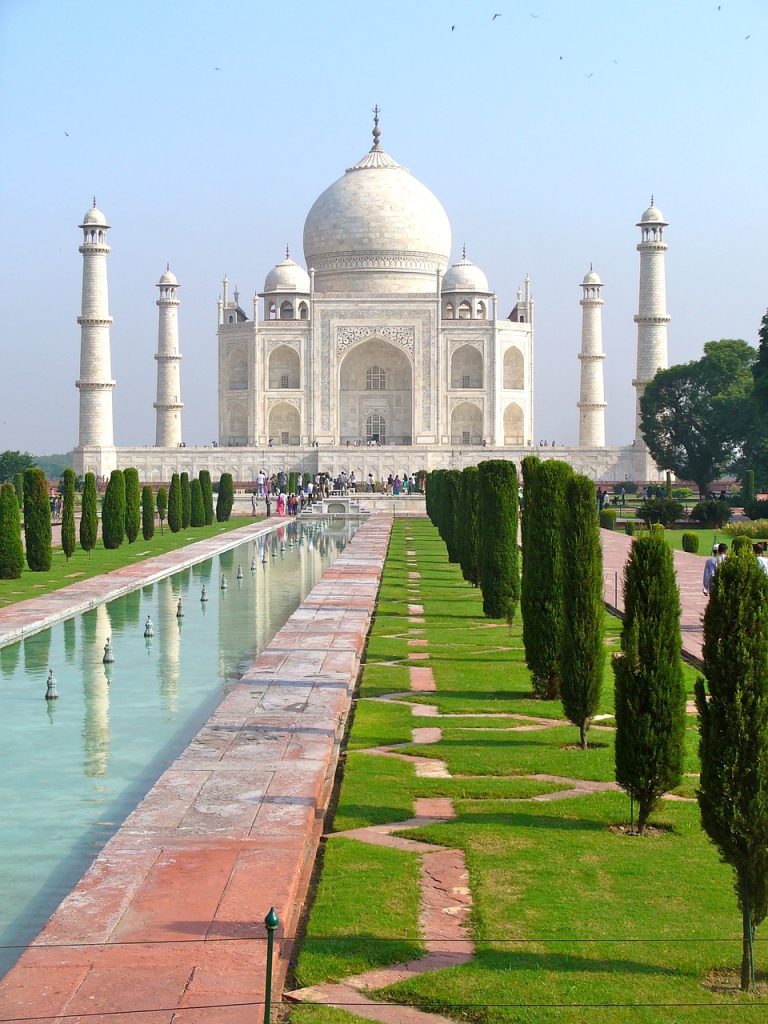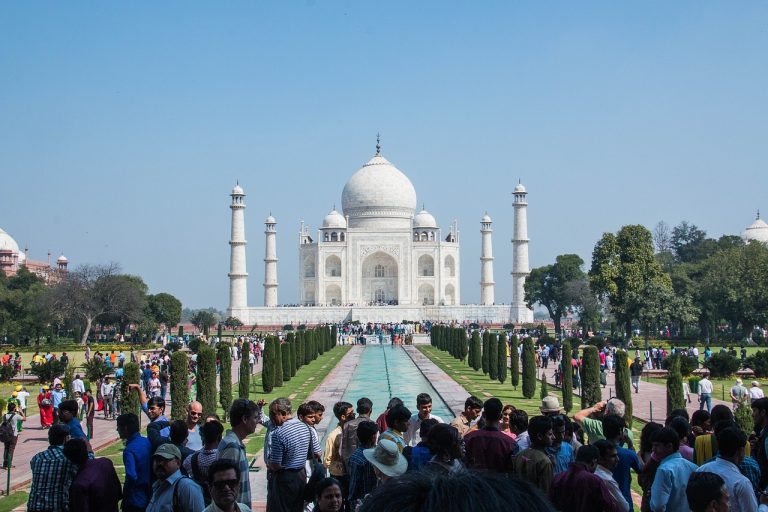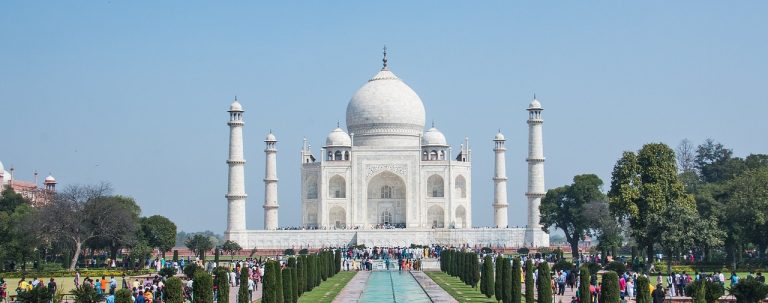Agra India Video
The Cultural Evolution of Agra India
Agra, located in the northern state of Uttar Pradesh, India, is a city rich in history and cultural significance. From the majestic Taj Mahal to the bustling markets and vibrant festivals, Agra has witnessed a remarkable cultural evolution over the centuries. Let’s delve into the various aspects that have shaped the cultural fabric of Agra.
Ancient History and Architecture
- Taj Mahal: One of the Seven Wonders of the World, the Taj Mahal is the epitome of Mughal architecture. Built by Emperor Shah Jahan as a mausoleum for his beloved wife, Mumtaz Mahal, it stands as a symbol of eternal love.
- Agra Fort: Also known as the Red Fort of Agra, this UNESCO World Heritage Site showcases the grandeur of Mughal architecture. The fort complex houses several palaces, gardens, and mosques, providing a glimpse into the opulent lifestyle of the Mughal emperors.
- Fatehpur Sikri: Located near Agra, Fatehpur Sikri was once the capital of the Mughal Empire. The architectural marvels of this abandoned city, including the Buland Darwaza and Jama Masjid, reflect a blend of Persian, Indian, and Islamic styles.

Religious Diversity
- Jama Masjid: Agra is home to several magnificent mosques, including the Jama Masjid. Built during the reign of Shah Jahan, it is one of the largest mosques in India and an important place of worship for Muslims.
- Sri Mankameshwar Mandir: This ancient Hindu temple dedicated to Lord Shiva attracts devotees from all over the country. It is believed that offering prayers here fulfills one’s wishes.
- Gurudwara Guru Ka Taal: A serene Sikh shrine, Guru Ka Taal holds religious significance for Sikhs. The gurudwara complex includes a sarovar (sacred pool) where devotees can take a dip for spiritual purification.
Art and Handicrafts
- Marble Inlay Work: Agra is renowned for its intricate marble inlay work, known as “Pietra Dura.” Skilled artisans create breathtaking designs by embedding semi-precious stones into marble surfaces, producing masterpieces of art.
- Zardozi Embroidery: Agra is famous for its exquisite zardozi embroidery, which involves intricate threadwork on fabrics using gold and silver threads. This traditional craft has been passed down through generations.
- Paper Mache: Agra is known for its vibrant paper mache products, including decorative items, masks, and figurines. Skilled craftsmen create these intricate pieces by molding paper pulp and adding layers of paint.
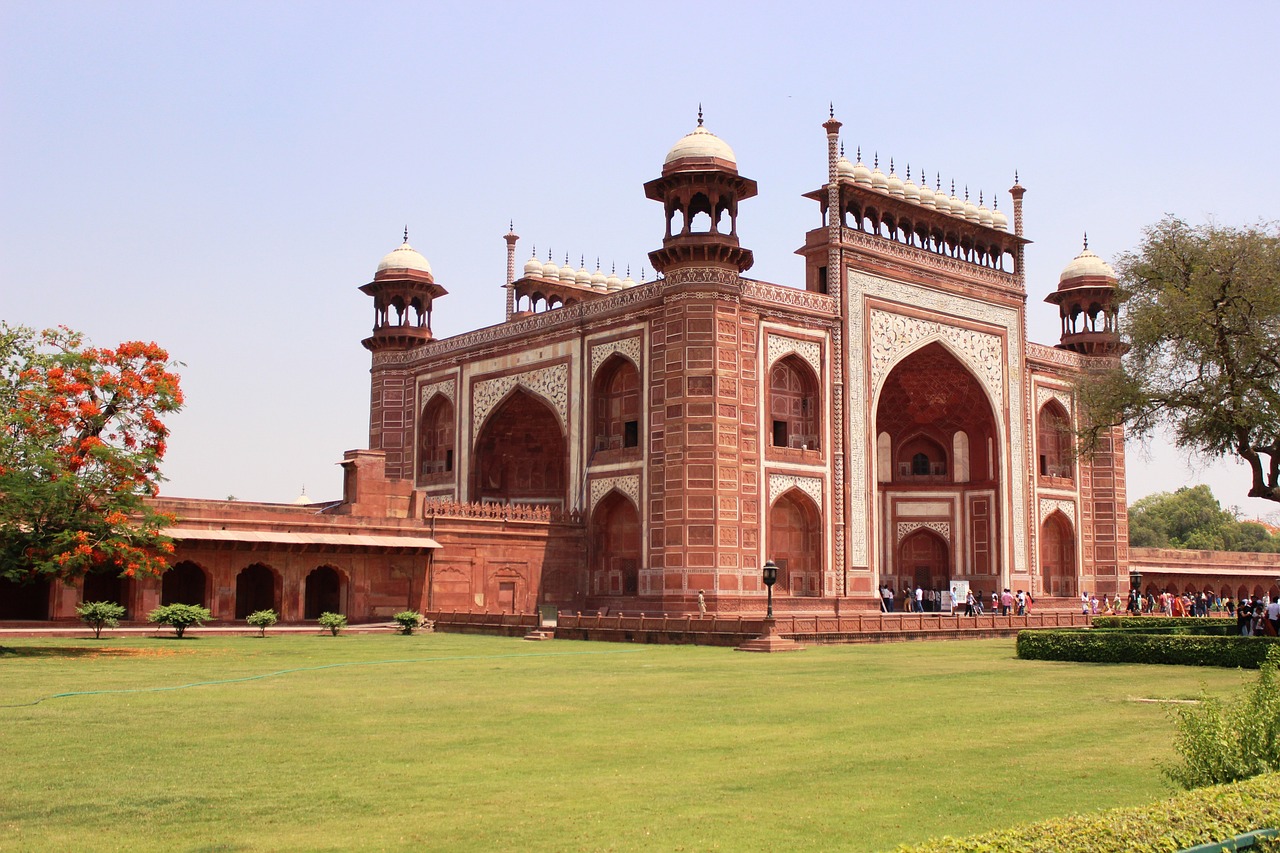
Cuisine and Street Food
- Petha: Agra is famous for its sweet delicacy called “Petha.” Made from ash gourd, this translucent sweet treat comes in various flavors, including rose, saffron, and mango.
- Tandoori Cuisine: Agra offers a wide range of mouthwatering tandoori dishes, such as tandoori chicken, kebabs, and naan bread. The city’s culinary scene is a delightful blend of Mughlai and North Indian flavors.
- Street Food Delights: Agra’s bustling streets are filled with tempting street food stalls offering treats like chaat (savory snacks), samosas, kachoris, and jalebis. Exploring the local street food is a must for food enthusiasts.
Festivals and Celebrations
- Taj Mahotsav: Agra hosts the Taj Mahotsav, a vibrant cultural festival that celebrates the arts, crafts, and traditions of India. Visitors can enjoy live performances, art exhibitions, and indulge in local delicacies.
- Holi: The festival of colors, Holi, is celebrated with great enthusiasm in Agra. Locals and tourists come together to play with colored powders, dance to traditional music, and savor festive sweets.
- Eid-ul-Fitr: Agra’s Muslim community celebrates Eid-ul-Fitr with fervor. The city comes alive with prayers, feasts, and joyous gatherings, showcasing the spirit of unity and religious harmony.
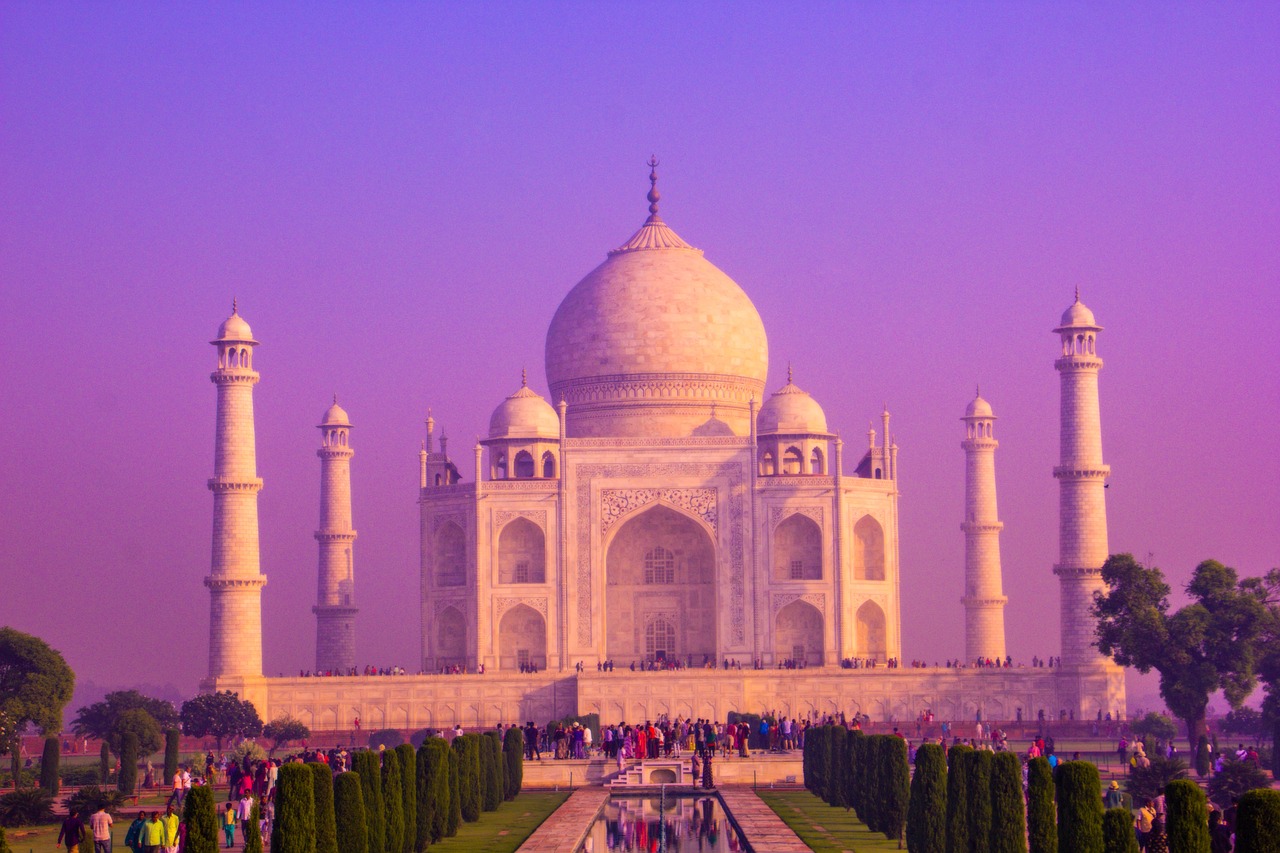
Education and Literature
- Aligarh Muslim University: Agra’s proximity to Aligarh is significant, as it is home to the prestigious Aligarh Muslim University. The university has played a vital role in promoting education and literature in the region.
- Tourism and Hospitality Institutes: Agra is a hub for tourism and hospitality education, with several institutes offering courses in hotel management, travel, and tourism. These institutes contribute to the city’s thriving tourism industry.
- Literary Legacy: Agra has been a muse for many renowned poets and writers, inspiring them to create literary works that depict the city’s beauty and historical significance.
Music and Dance
- Kathak Dance: Agra is known for its association with Kathak, a classical dance form that originated in North India. The city has nurtured many legendary Kathak dancers who have contributed to the art form’s evolution.
- Qawwali: Agra has a rich tradition of Qawwali, a devotional music form associated with Sufism. The city hosts various Qawwali performances, where talented musicians captivate audiences with their soul-stirring melodies.
- Music Festivals: Agra hosts music festivals that bring together renowned artists from different genres. These festivals provide a platform for musicians to showcase their talent and promote cultural exchange.
Environmental Conservation
- Wildlife Sanctuaries: Agra is home to several wildlife sanctuaries, including the Sur Sarovar Bird Sanctuary and Keetham Lake. These protected areas provide habitats for numerous bird species and contribute to biodiversity conservation.
- Tree Plantation Initiatives: Various organizations and individuals in Agra actively participate in tree plantation drives to combat deforestation and promote a greener environment.
- Water Conservation: Efforts are being made in Agra to conserve water resources and raise awareness about the importance of responsible water usage, given the city’s dependence on the Yamuna River.
Conclusion
Agra’s cultural evolution is a testament to its rich heritage and the diverse influences that have shaped the city over time. From architectural marvels to artistic traditions, religious diversity to vibrant festivals, Agra offers a tapestry of experiences that captivate visitors from around the world. This city continues to thrive as a cultural hub, preserving its past while embracing the present.
References
– tajmahal.gov.in
– unesco.org
– timesofindia.indiatimes.com
– agra.nic.in
– indiatoday.in

